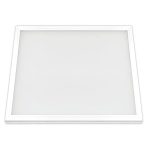LED Light Bulbs: How Much Energy Do They Use Per Hour?

LED light bulbs have become increasingly popular in recent years as a more energy-efficient and cost-effective lighting solution. Unlike traditional incandescent bulbs, LED bulbs convert most of the energy they consume into light, rather than heat, resulting in a much lower energy consumption and longer lifespan. However, many people may still be unsure about how much energy LED bulbs use per hour and how this compares to other types of bulbs. In this article, we will delve into the details of how much energy LED light bulbs actually use and explore some of the factors that can affect their energy consumption. One of the main advantages of LED light bulbs is their energy efficiency. Compared to traditional incandescent bulbs, which convert only around 5% of their energy into light, LED bulbs can convert up to 80% of the energy they consume into light. This means that LED bulbs use significantly less energy per hour and can help you save on your electricity bill in the long run. In addition, LED bulbs have a much longer lifespan than incandescent bulbs, which means that you won’t have to replace them as often and can further reduce your energy consumption and costs.
LED light bulbs, or Light Emitting Diode bulbs, are a highly energy-efficient lighting alternative to traditional incandescent bulbs. LED bulbs use only a fraction of the energy that incandescent bulbs use, while still providing the same amount of light. This is due to the fact that LED bulbs convert almost all of the energy they use into light, whereas incandescent bulbs waste a significant amount of energy as heat. LED bulbs also have a longer lifespan than traditional bulbs, making them a cost-effective choice over time. Additionally, LED bulbs do not contain the harmful chemicals found in traditional bulbs, making them a safer and more environmentally-friendly option. Overall, LED light bulbs are a smart choice for those looking to save on energy costs and reduce their environmental impact.
Energy efficiency is a critical aspect of modern-day living, and LED light bulbs are one of the most efficient and cost-effective alternatives to traditional incandescent light bulbs. The importance of energy efficiency cannot be overstated, as it reduces our carbon footprint and helps to save money on energy bills. By using LED light bulbs, we can reduce energy consumption significantly, as they require less power to produce the same amount of light as incandescent bulbs. The result is a lower electricity bill and a more environmentally friendly home. As the world continues to face the challenges of climate change, energy efficiency has become a top priority for individuals, businesses, and governments. Switching to LED light bulbs is a small but effective step towards a more sustainable future.
What Are LED Light Bulbs?
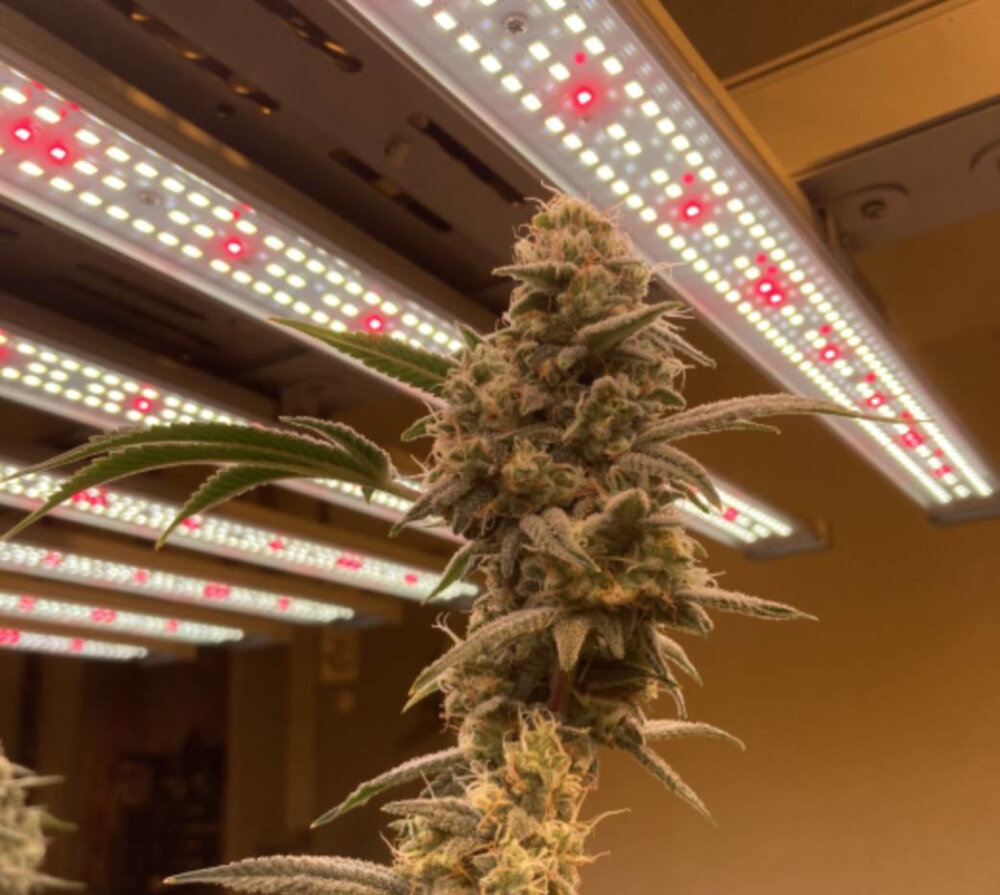
LED light bulbs are an energy-efficient alternative to traditional incandescent bulbs that have been used for decades. LED stands for “light-emitting diode” and refers to the technology used in the bulb. Unlike incandescent bulbs that produce light through heating a filament, LEDs produce light through a process called electroluminescence. This means that they use significantly less electricity to produce the same amount of light, making them a popular choice for those looking to reduce their energy consumption and save money on their electricity bills. LED light bulbs are also known for their longevity, with some models able to last up to 25 years. This is due to their durable design that is resistant to shock, vibration, and temperature changes. Additionally, LED bulbs do not contain any hazardous materials, such as mercury, which is commonly found in traditional incandescent bulbs. This makes them a safer and more eco-friendly option for lighting your home or office. With their energy efficiency, longevity, and eco-friendliness, LED light bulbs are becoming an increasingly popular choice for those looking to reduce their carbon footprint and save money on their energy bills.
LED technology, which stands for Light Emitting Diode, is a type of lighting technology that utilizes a semiconductor material to produce light. Unlike traditional incandescent bulbs, LEDs do not rely on a filament to generate light, but rather, they release energy in the form of photons when an electrical current is applied to the diode. This technology is highly efficient as it converts nearly all of the energy it consumes into light, resulting in a significant reduction in energy usage and cost. Additionally, LEDs have a much longer lifespan compared to traditional bulbs, making them an ideal choice for homeowners and businesses looking to save money and reduce their environmental impact.
Compared to traditional incandescent bulbs, LED light bulbs are significantly more energy efficient. Incandescent bulbs use electricity to heat up a filament until it glows, while LED bulbs use energy to excite electrons within a semiconductor material, producing light with much less wasted energy in the form of heat. This means that LED bulbs consume up to 80% less energy than incandescent bulbs while producing the same amount of light. In addition to their energy efficiency, LED bulbs also have a much longer lifespan, making them a smarter investment in the long run. While incandescent bulbs typically last for around 1,000 hours, LED bulbs can last for up to 25,000 hours or more.
LED light bulbs are a popular choice for their numerous benefits. One of the most significant advantages of LED bulbs is their energy efficiency. They use up to 80% less energy than traditional incandescent bulbs, resulting in lower electricity bills and reduced carbon footprint. Additionally, LED bulbs last longer than incandescent bulbs, with an average lifespan of 25,000 hours. This means that they require less frequent replacements, resulting in cost savings and less waste. LED bulbs are also available in a range of colors and styles, making them versatile for various lighting needs. Lastly, LED bulbs emit less heat, making them safer and more comfortable to be around. Overall, choosing LED light bulbs is a smart and practical choice for both the environment and your wallet.
How Much Energy Do LED Light Bulbs Use Per Hour?
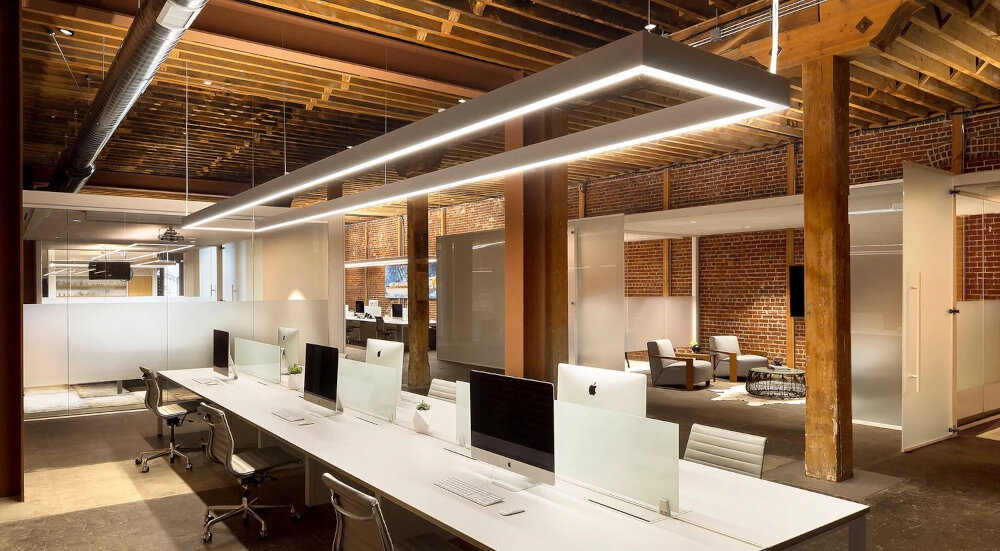
LED light bulbs are becoming increasingly popular due to their energy efficiency and long lifespan. In terms of energy consumption, LED light bulbs use significantly less energy than traditional incandescent bulbs. On average, an LED bulb uses only 10-20% of the energy required by an incandescent bulb to produce the same amount of light. This means that an LED bulb can produce the same amount of light as an incandescent bulb while using only a fraction of the energy. To put this into perspective, a 60-watt incandescent bulb can be replaced by a 9-watt LED bulb, which is a reduction of more than 80% in energy consumption. This reduction in energy consumption not only saves money on electricity bills but also reduces the environmental impact of lighting. LED bulbs are also more durable than incandescent bulbs, which means they need to be replaced less frequently, further reducing their environmental impact. Overall, LED light bulbs are an energy-efficient and eco-friendly alternative to traditional lighting options.
Wattage is a term that describes the amount of power consumed or produced by an electrical device or system. It is the rate at which energy is being used and is typically measured in watts. The wattage of an LED light bulb is a critical factor in determining its energy consumption and efficiency. The higher the wattage, the more energy the light bulb will use per hour. LED light bulbs are known for their energy-efficient properties, and they typically use significantly less wattage than traditional incandescent bulbs to produce the same amount of light. Choosing LED light bulbs with lower wattage can help reduce energy costs and promote sustainability.
When it comes to energy usage, LED bulbs are significantly more efficient than incandescent bulbs. LED bulbs use around 75-80% less energy than incandescent bulbs, making them a more cost-effective and environmentally-friendly option. For example, a 60-watt incandescent bulb can be replaced by a 10-watt LED bulb, which will provide the same level of light. Not only do LED bulbs use less energy, but they also have a longer lifespan, which means they need to be replaced less often. Additionally, LED bulbs do not emit as much heat as incandescent bulbs, which further reduces energy consumption and can save on cooling costs. Overall, switching to LED bulbs is a smart choice for those looking to reduce energy usage and save money in the long run.
When it comes to calculating the energy usage of LED light bulbs, it’s important to consider both the wattage and the number of hours the bulb will be used. For example, a 10-watt LED bulb used for 5 hours per day will consume 50 watt-hours of energy per day, or 18,250 watt-hours per year. To put this into perspective, a traditional 60-watt incandescent bulb used for the same amount of time would consume 300 watt-hours per day, or 109,500 watt-hours per year. This means that switching to an LED bulb can result in significant energy savings over time, and is a smart choice for both your wallet and the environment.
Factors That Affect LED Energy Usage
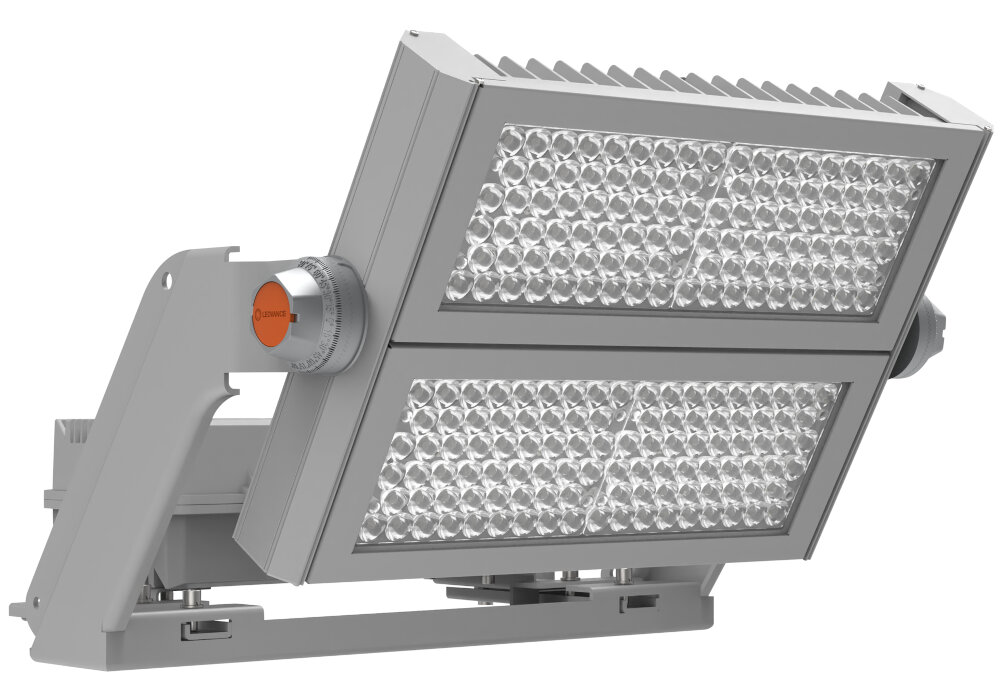
There are several factors that can affect the energy usage of LED light bulbs. One of the most significant factors is the wattage of the bulb. LED bulbs with higher wattage will consume more energy and will, therefore, have a higher energy usage per hour. However, it is important to note that LED bulbs typically have lower wattage compared to traditional incandescent bulbs, which means they use less energy overall. Another factor that can affect LED energy usage is the color temperature of the bulb. LED bulbs that emit cooler or bluer light tend to use more energy compared to bulbs that emit warmer or yellower light. This is because cooler light requires more energy to produce. Additionally, the brightness of the bulb can also impact its energy usage. Brighter bulbs will typically use more energy compared to dimmer bulbs, although the difference in energy usage may not be significant. Overall, understanding these factors can help consumers make informed decisions when choosing LED light bulbs to help save on energy costs.
Color temperature is a term used to describe the hue of light emitted by a bulb. It is measured in Kelvin (K) and ranges from warm yellowish-orange tones at 2700K to cool blueish-white tones at 5000K or higher. LED light bulbs have a wide range of color temperatures available, allowing consumers to choose the perfect mood or ambiance for their space. For example, a warm 2700K LED bulb is perfect for creating a cozy and inviting atmosphere in a bedroom or living room, while a cooler 5000K or higher bulb is ideal for task lighting in a home office or kitchen. Choosing the right color temperature for your needs can help you save energy and create the perfect atmosphere in your home.
Dimming capabilities are an important feature to consider when choosing LED light bulbs. Dimming allows you to adjust the intensity of the light, creating ambiance and saving energy. LED bulbs with dimming capabilities are often referred to as dimmable bulbs. These bulbs use technology that allows for smooth and consistent dimming, without flicker or delay. Dimmable LED bulbs are available in various shapes and sizes, making them suitable for a wide range of applications. By using dimmable LED bulbs, you can customize your lighting to meet your needs while minimizing energy consumption and reducing your carbon footprint.
The quality of LED light bulbs can vary greatly depending on the manufacturer and the specific model. High-quality LED bulbs are designed to be energy-efficient, long-lasting, and produce consistent, high-quality light. They may feature advanced technologies, such as dimming capabilities, color-changing options, and smart home integration. Additionally, quality LED bulbs are more durable and resistant to damage from shock, vibration, and temperature changes. When purchasing LED bulbs, it is important to consider their quality, as cheaper, lower-quality bulbs may not provide the same level of energy savings or longevity as their higher-quality counterparts.
Usage patterns play a significant role in determining the energy consumption of LED light bulbs. The amount of time the light bulb stays on, the frequency of turning it on and off, and the brightness level all factor into the energy usage. For instance, if you use the light bulb for a longer period of time, it will consume more energy than if you use it for a shorter period. Similarly, if you continuously turn the light on and off, it will consume more energy than if you leave it on for a longer duration. Additionally, the brightness level also impacts the energy usage, as higher brightness requires more energy. Therefore, understanding your usage patterns and adjusting them accordingly can help in reducing the energy consumption of LED light bulbs.
In summary, LED light bulbs are a highly energy-efficient lighting option that consume significantly less electricity than traditional incandescent bulbs. Their energy consumption is measured in watts per hour, with LED bulbs typically using between 2 and 10 watts per hour depending on their brightness and size. Additionally, LED bulbs have a much longer lifespan than incandescent bulbs, lasting up to 25,000 hours compared to the 1,000-hour lifespan of incandescent bulbs. This longevity also makes them a cost-effective option overall, despite their slightly higher upfront cost. Overall, LED light bulbs are a smart choice for anyone looking to reduce their energy consumption and save money on their electricity bills.
Choosing energy-efficient lighting is crucial for various reasons. Firstly, it helps to reduce carbon emissions and conserve energy resources. By using LED light bulbs, you can cut down your electricity bills up to 75% compared to traditional incandescent bulbs. Secondly, energy-efficient lighting has a longer lifespan than traditional lighting, reducing the need for constant replacement, and ultimately reducing the amount of waste generated. Moreover, energy-efficient lighting emits less heat, making it safer to use and reducing the risk of fire hazards. Finally, energy-efficient lighting is available in different styles, colors, and brightness levels, making it suitable for different settings, whether it’s a home, office, or commercial space. In summary, choosing energy-efficient lighting is not only cost-effective but also environmentally friendly and safer to use.
The future of LED technology looks promising as advancements are being made to improve their energy efficiency, lifespan, and color accuracy. One trend that is gaining popularity is the use of smart LED bulbs that can be controlled by mobile devices or voice assistants. These bulbs can be programmed to turn on and off at specific times, change colors, and even adjust brightness levels. Another trend is the use of OLED (organic light-emitting diode) technology, which offers even greater energy efficiency and flexibility in design. Additionally, research is being done to improve the recyclability of LED bulbs and reduce their environmental impact. As LED technology continues to evolve, we can expect to see even more innovative applications in lighting and beyond.
Conclusion
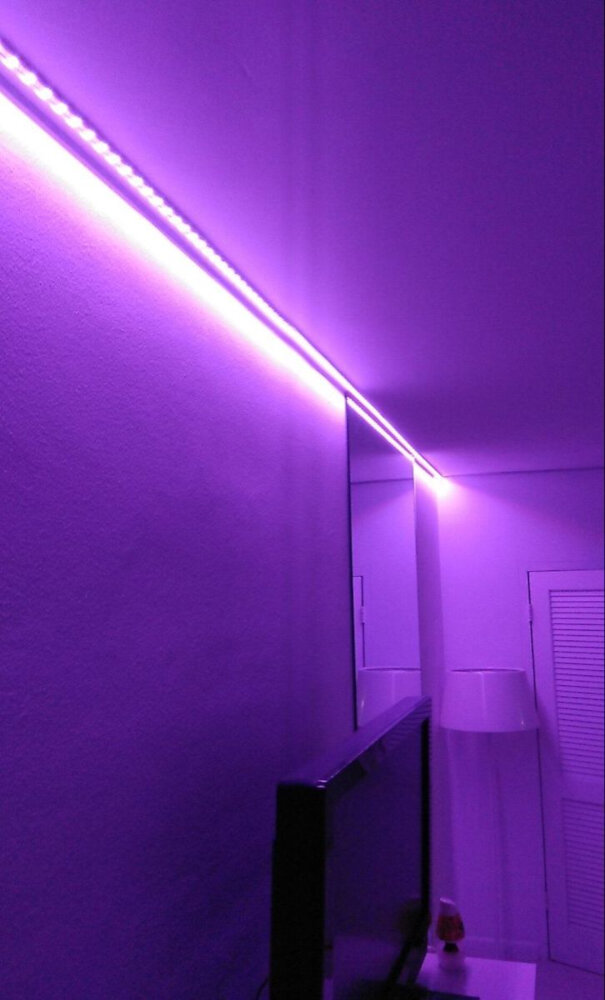
In conclusion, LED light bulbs are a highly energy-efficient lighting option that can significantly reduce your energy consumption and electricity bills. They use a fraction of the energy consumed by traditional incandescent bulbs, making them an environmentally-friendly alternative. On average, an LED bulb will use only around 0.01 to 0.20 kWh of energy per hour, depending on its wattage and brightness. This makes them an excellent choice for both residential and commercial applications, where energy efficiency and cost savings are key concerns. LED technology continues to evolve, and we can expect even more efficient and sustainable lighting solutions in the future.

